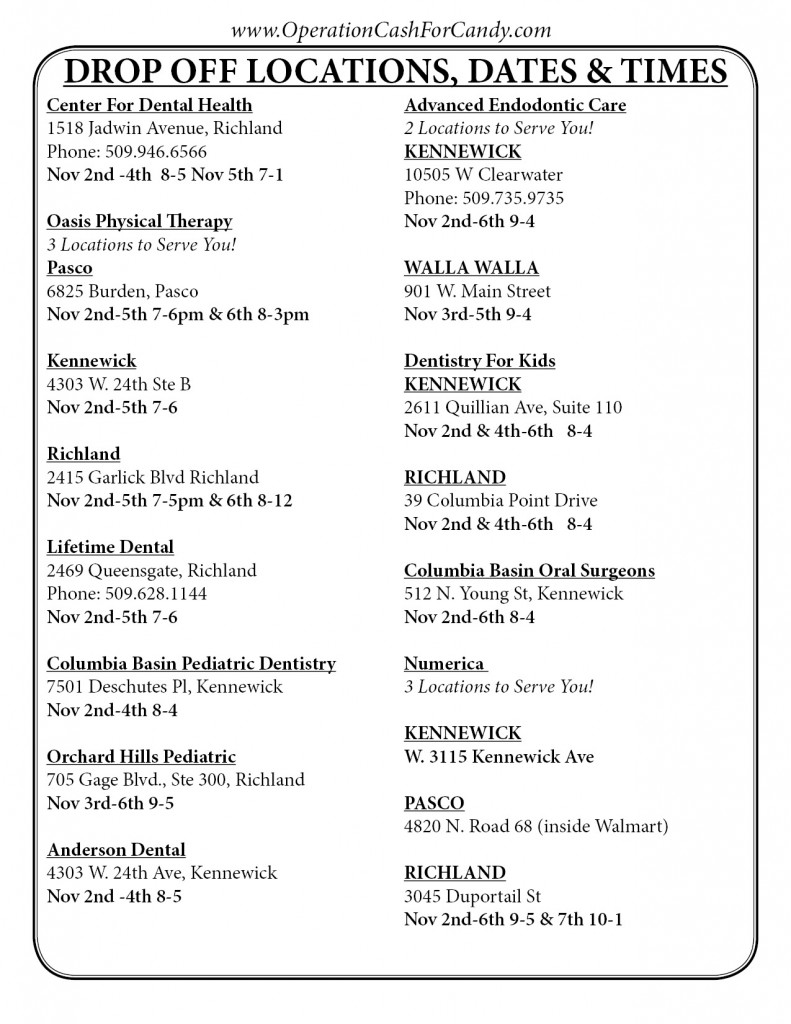Is the booming tech industry headed for a repeat of the dot-com boom-and-bust cycle of the late 1990s? That bust sparked widespread bankruptcies, company liquidations, skyrocketing unemployment, and up to $10 trillion in losses.
Some warning signs are creeping in: Tech startups valued at least $1 billion that have yet to even make a profit are re-emerging.
If the tech market slumps, what does that mean for housing? After all, some of the nation’s strongest tech sectors are also among the housing markets top performers lately.
“The hottest markets this year do have a tech sector relationship,” says Jonathan Smoke, realtor.com®’s chief economist. “In places like San Francisco, San Jose, and Denver, prices have been supported by higher-paying jobs and resulting higher household incomes.”
Tech jobs tend to bring a boost to housing markets. A recent study by the real estate brokerage Redfin showed that for every 1 percent increase in tech workers, home prices increase 0.49 percent.
“It’s created a lot of wealth here,” says Chris Isaacson, president of the Silicon Valley Association of REALTORS®. “If you’ve got an IPO and a bunch of new billionaires, you’ll see a corresponding housing bounce as soon as they get their hands on the money.”
When the tech industry plunged in the ‘90s, employment in Silicon Valley’s high-tech industries dropped 17 percent, or by about 85,000 jobs. Home prices dropped too, with a 25 percent decline across the board, Isaacson says.
Housing analysts, however, are more confident that the tech bubble this time won’t lead to a repeat of 2007’s doom, where foreclosures and underwater homes surged. Many markets are more diversified that a tech bust wouldn’t hurt them overall.
However, that’s not true for everywhere. “Silicon Valley is one of the markets that has the least amount of economic diversity,” Smoke says. Any hamper to the tech business there could hamper the housing market, Smoke says. “If the [tech] sector were to suffer a significant decline, you would see diminished demand and less of the frenzy we have seen this year,” Smoke says. “In markets heavily concentrated in tech hubs like San Jose, the potential impact to prices could be more severe.”
But Silicon Valley and San Francisco may find the greatest protection from any severe dips is the fact that the areas have such few homes.
“The low inventory is always going to be a moderating factor,” Isaacson says. Despite the current uncertainty in the stock market, the usual seasonal slowdown in home sales, and the Fed’s looming decision on interest rates, “somebody puts a house on the market and they still get 10 offers.”
Source: “What Happens if a Tech Bubble Bursts?” realtor.com® (Oct. 8, 2015)


